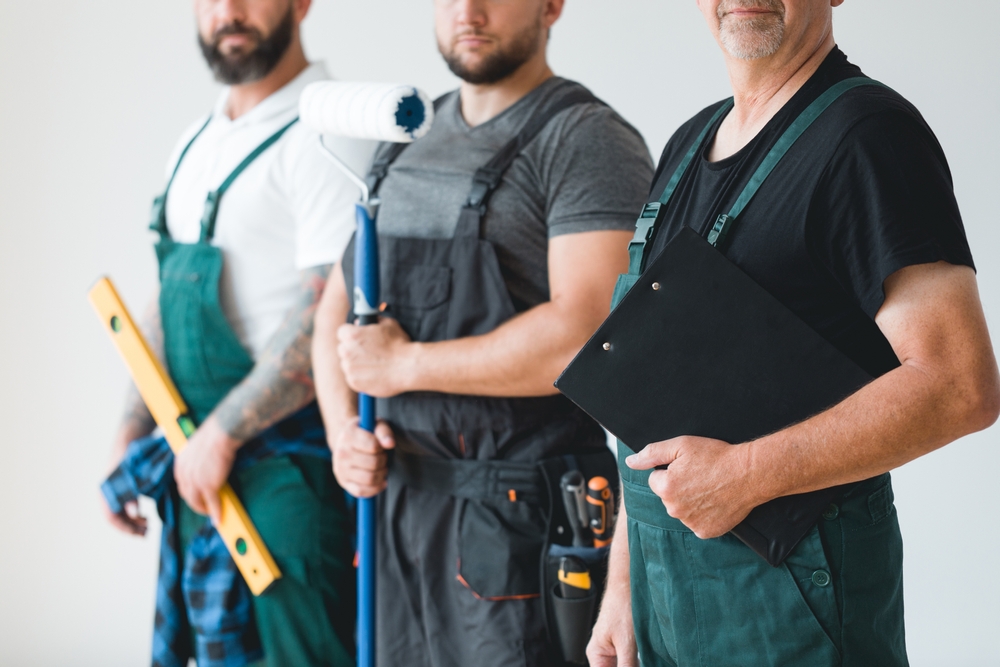Resources for Home Repair

Home Repair
The following books on home repair are available through the National Library Service for the Blind and Physically Handicapped at the Library of Congress. This program provides books on cartridges for free for eligible persons. You’ll find the author, title, and call number below to make it easy to find and request the books.
- Lipinski, Edward R. A Season-By-Season Guide for Maintaining Your Home. RC 54745
- Jones, Peter. Indoor Home Repairs Made Easy. RC14420
- Kennedy, Terry. Fix It Before It Breaks Seasonal Checklist Guide to Home Maintenance. RC 59610
- Vandervort, Donald W. The Home Problem Solver: The Essential Homeowner’s Repair and Maintenance Manual. RC 52518
- Jackson, Albert. Popular Mechanics Complete Home How-To. RC 59731
Reader’s Digest has published several general home repair reference guides and publications on specific topics. One that might prove helpful is The Reader’s Digest Complete Do-It-Yourself Manual, published by the Reader’s Digest Association and recorded by Learning Ally (formerly Recording for the Blind & Dyslexic).
Woodworking
The following books on woodworking are available through the National Library Service for the Blind and Physically Handicapped at the Library of Congress. You’ll find the author, title, and call number below to make it easy to find and request the books.
- Robertson, J. Craig. The Kids’ Building Workshop: Fifteen Woodworking Projects for Kids and Parents to Build Together. RC060805
- Tolpin, Jim. Jim Tolpin’s Woodworking Wit and Wisdom: Thirty Years of Lessons from the Trade RC060151
- Peters, Rick. Woodworker’s Hand Tools: An Essential Guide. RC055981
- Butz, Richard. How to Carve Wood: A Book of Projects and Techniques. RC050740
Community-based, Home Improvement, and Woodworking Groups
- Many mid-sized and large communities have home improvement and woodworkers’ clubs comprised of individuals interested in home repairs and woodworking projects. Some are focused on sharing information and techniques, while others are more social. These can be informative and enjoyable, depending on the willingness of members to describe their projects and techniques. They can be located by inquiring at building supply outlets or checking Facebook.
- Tip: Most of the members of these organizations have little experience with persons with limited or no vision. However, individuals in these groups can often be very helpful once they understand what a person who is blind or low vision may need and what skills they possess. Being clear about what you may be able to see (if you have some residual vision) and the techniques you have already figured out for yourself is critical to getting the help and coaching you may need.
Sources of Training
- Some state and private rehabilitation centers, schools for the blind, and Veterans Administration Centers offer training for blind and low vision persons using a woodworking shop as the teaching laboratory. You can check the APH Directory of Services for resources in your immediate area.
- The American Council of the Blind in the past hosted a web-based radio show called The Blind Handyman. The hosts discussed a variety of home repair topics. Some of the shows are still available in the ACB archive.
- Woodworking for the Blind members have access to over 500 hours of recordings of fine woodworking magazines on a members-only website. Individual membership is open to all persons who are blind, low vision, or physically handicapped. There is also an active listserv where members exchange questions and suggestions regarding woodworking projects, techniques, and tools. Woodworking for the Blind has developed a woodworking manual and occasionally offers recordings of full-length books on woodworking. If you are interested in these resources, please email the group through their contact form.
- By Gil Johnson